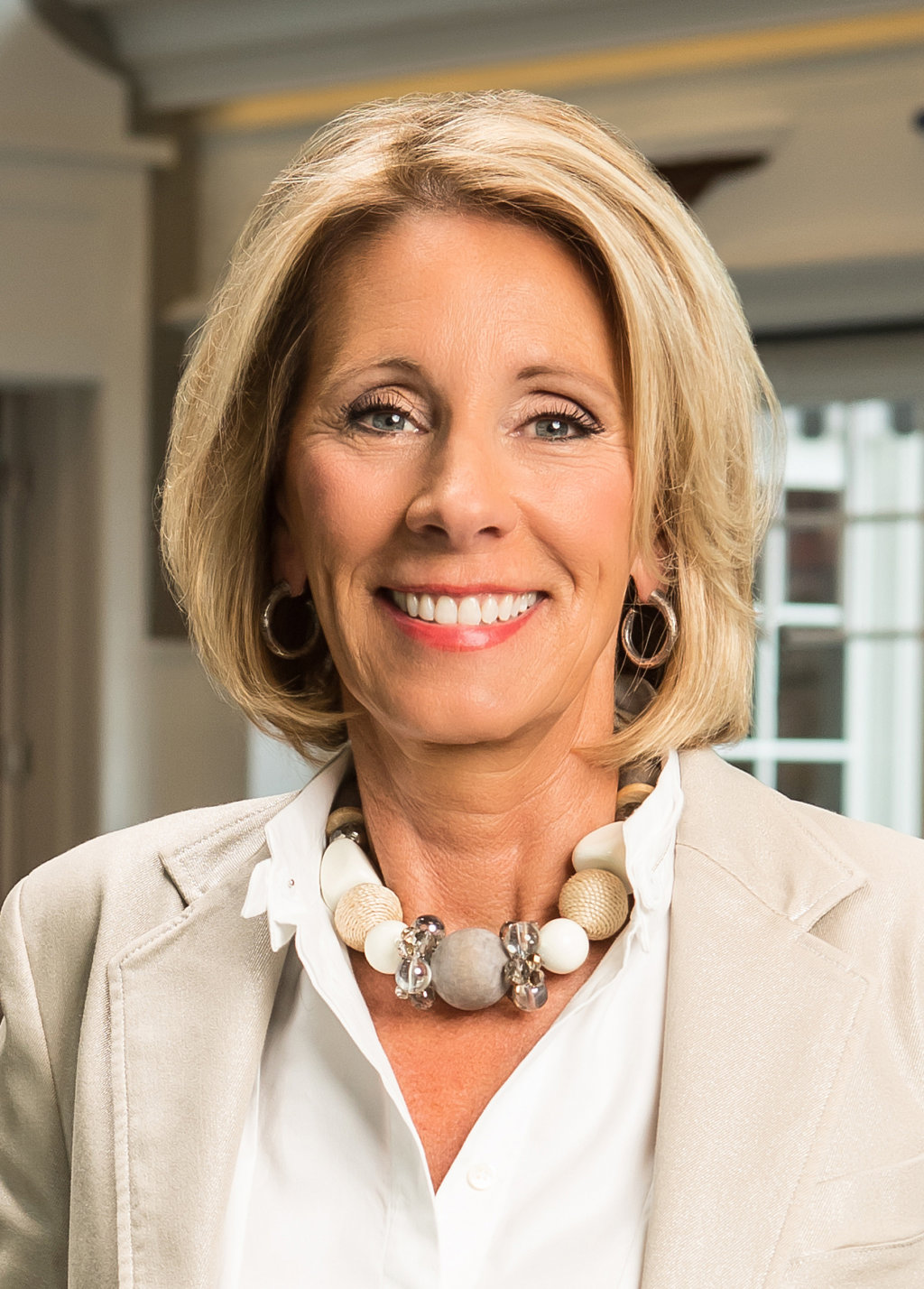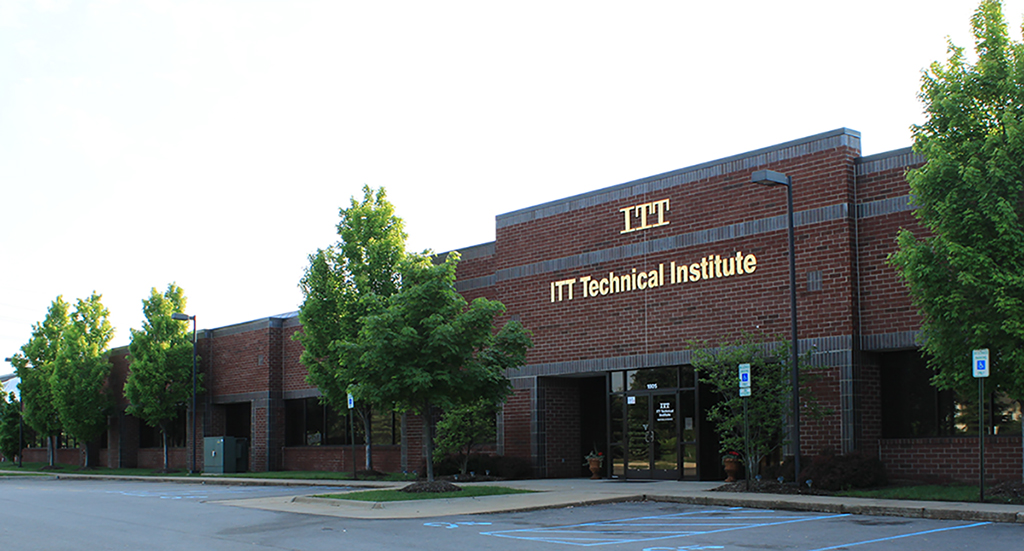Latinos Are Among the Most Burdened in Student Loan Debt. Here’s How Advocates Say That Can Be Alleviated.
Financial challenges related to the COVID-19 pandemic, inflation, and a looming recession have fueled a longstanding push to cancel or at least reduce student loan debt. UnidosUS is one of many civil rights groups seeking to center that effort on students of color, who incur the heaviest burden.
Gathered before a packed room of about 130 participants, a panel of higher education experts delved deep into this topic during last month’s UnidosUS’s 2022 annual conference in San Antonio. They noted that unpaid student loan debt is now at a collective $1.7 trillion, making it second only to mortgages in terms of the greatest source of U.S. debt. They also called for concerned borrowers to rally together to push for the U.S. government to reduce or cancel that debt. The Biden Administration has suggested canceling $10,000 for all borrowers, and officials at the U.S. Department of Education have already begun drafting a corresponding plan. They have also signaled that borrowers who received Pell grants for low-income families might be eligible for additional loan forgiveness.
Most borrowers from underserved communities owe significantly more than $10,000. In fact, Latinos are seeing some of the worst student debt increases. Between 2004 and 2016, it jumped 60% to an average overall burden of $15,797, and once in repayment, an estimated 36% of Latinos will end up owing more than the amount they originally owed after starting college 12 years earlier.
The very term “debt” gives a negative connotation to something the U.S. government encouraged students to apply for, the panelists noted.
“A loan is just a promise, a promise I had to make if I wanted an option at reasonable social mobility. When I struggle to fulfill that promise, I feel as though I have done something wrong,” said panelist Christopher Rivas, a spoken word artist and author of the book “Brown Enough: True Stories About Love, Violence, Hollywood, Race, Familia, and Making It in America.”
Rivas noted that it wasn’t until his second term in the White House and after writing two books that former President Barack Obama paid off his student loans.
“Damn. Do I have to become president and write two books to pay off my loans?” Rivas quipped, causing the audience to erupt in laughter.
How did student loan borrowers get so in debt?
“College is not affordable for way too many people in this country, especially Latinos. How did we get here and how did student loan borrowers get into so much debt?” moderator Camille Phillips, an education reporter for Texas Public Radio, asked the panelists.
“The first thing, and we all know this already, is that students of color have fewer resources — even just being able to get to college, students of color are often from families that do not have that type of wealth,” said panelist Aurora Harris, the southern regional director for Young Invincibles, a nationwide non-profit youth organization focused on policy research and analysis in areas such as health care, higher education, work, finances, and civic engagement.
Harris is among many borrowers of color who have lived what researchers often refer to as the “racial wealth gap, in which families of color have never been able to catch up with the financial and class assets historically afforded to white communities.” Harris grew up in Texas and attended college there after being raised by a single, teenage mother, who had no way of giving her a leg up with college. Today, she owes $60,000, and she says the state’s deregulated tuition policies also contributed.
In 2003, the state attempted to address a budget shortfall by enacting a law allowing institutions of higher education to set tuition rates on their own.
“They made the raising of tuition a very undemocratic process,” she said, noting that since that ruling, some tuition rates in the state have doubled. “The state of Texas refuses to keep up with the rate at which students are attending.”
More POC Incurring More Debt
Harris also noted that the state’s deregulation and rising tuition coincided with increasing numbers of students of color enrolling in higher education, representing an even bigger student loan burden for this historically underserved student population.
“We don’t talk about the way student debt reinforces the systemic disparities. Literally student debt is a wealth tax,” seconded panelist Katherine Wellbeck, director of advocacy and civil rights counsel at the Student Borrower Protection Center, an organization dedicated to improving student loan policies and litigating strategies for protecting borrowers’ rights. “We literally shift this burden that previously was a burden of our government to invest in young people and invest in our community and is now something that we ask of families and individuals to burden with no support, it keeps us from being able to create real pathways to home ownership or to be able to start businesses, to be able to save for retirement.”
She also said loan servicers rarely tell people about opportunities that they have to access debt relief programs or access more affordable repayment programs. This contributes to borrowers paying far more than they originally owed and exacerbates the racial wealth gap, not to mention the gender wealth gap, she said, labeling these practices “deeply predatory and broken.”
To further the context of the panelists’ comments, Phillips noted that students with the most need do have access to federal Pell grants which cover tuition and fees, but that those grants do not cover everything else, such as rent, food, and even childcare for parenting students.
“There’s much more to being able to afford paying for college besides tuition and fees,” she said.
The Long-term Impacts
Asked about the long-term impacts, panelists said they were concerned about the ways mounting debt, which could lead to financial delinquency and default, could have devastating effects on all areas of an individual’s life, not to mention on society and the economy at large.
“I hate to think what will happen if we don’t stop this. This is an economic mobility problem,” said Harris.
Rivas noted it could also create debilitating mental health problems, adding that the money he owes – several hundred thousand dollars— has posed a mental and social challenge to his whole family because his uncle had co-signed on the loans, and that puts a strain on family relations, not to mention his uncle’s financial outlook.
“It’s a weight. It’s heavy,” he said.
Building Back Better
But if there’s one silver lining of a 2.5-year pandemic that has wreaked financial, emotional, and physical havoc, especially on the most vulnerable members of American society, it’s that it forced the U.S. government to hit the pause button on student loans.
“We got a glimpse of what it felt like not to have debt,” said Wellbeck, noting that many people were able to put food on their tables or even invest in a home as a result. Then she added some words of encouragement for a cause that might have seemed futile a few years earlier.
“We can keep pushing, we can keep fighting, and we’re winning,” she said. “That does not have to be our higher education finance system.”
UnidosUS has been part of the advocacy push urging President Biden to cancel at least $10,000 of debt to alleviate the financial challenges being experienced by Latino borrowers and their families, while also pushing for systemic reforms such as doubling the maximum Pell Grant award, improving income-driven repayment (IDR) and Public Service Loan Forgiveness terms, extend eligibility for federal financial aid to undocumented students. In the long-term, UnidosUS advocates for Congress to pass a debt-free plan that would cover all unmet needs for Pell-eligible students at public colleges and universities so that higher education could truly be a reality for low-income students.
As the event drew to a close, many in the audience stood to share their own stories or make suggestions for how to continue the movement to reduce or cancel student debt. But others asked whether college was still worth it.
That question inspired the plenary session’s primary organizer, UnidosUS Senior Education Policy Analyst Amanda Martinez, to grab the mic. After nearly three years leading the organization’s research and advocacy on higher education through the pandemic and part of the tumultuous Trump Administration, she would soon be continuing her student-focused advocacy in a new role as a policy analyst at New Jersey’s Office of Higher Education, and she was as determined as ever to help the communities she serves forge a fulfilling and career-driven educational path.
“We have to develop the narratives ourselves and create our own future because we are the majority in this country. We have an aging population that is now in the minority and yet still has the power to make the decisions,” she said as she encouraged members of the audience to get out and vote, and to find other ways to come together to push for policy changes at the state and federal level. “We need to come together to have these conversations and start planning, start building our future now.”



